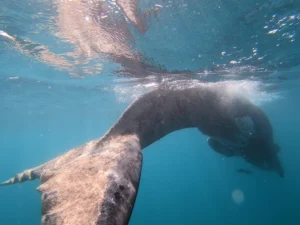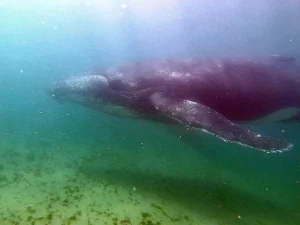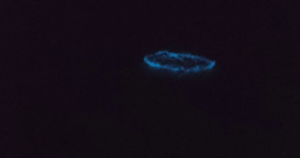Shark egg cases, also known as “mermaid’s purses,” play an integral role in the reproductive ecology of many species. These unique structures consist of a tough, leathery material made up of collagen, designed to safeguard the developing embryo inside. Their unique appearance somewhat resembles a small, leathery purse or pouch, hence fondly referred to by beachgoers as mermaid’s purses. While best known as shark egg cases, this reproductive technique is also utilised by other Chondrichthyes, such as skates and chimaeras.
Egg cases are an integral part of the reproductive strategies of oviparous (egg-laying) marine species. They come in various shapes, sizes, and textures, enabling species-specific identification. The smallest mermaid’s purses are those of catshark (Scyliorhinidae) species, ranging from approximately 5 cm in length. Conversely, skates (Rajidae) lay much larger eggs, with the spearnose skate (Rostroraja alba) egg case reaching up to 30 cm in total length. The egg cases differ further as shark species lay distinct eggs with long tendrils on each corner, allowing the mother to deliberately entangle the egg onto reef structures such as kelp or sea fans. Skates’ egg cases have short ‘horns’ instead of long entangling tendrils, and are laid predominantly in sand bottomed habitats, unanchored. Chimaeras (Chimaeriformes) lay perhaps the most distinct egg of all – a long spindle shape with wide lateral keels.
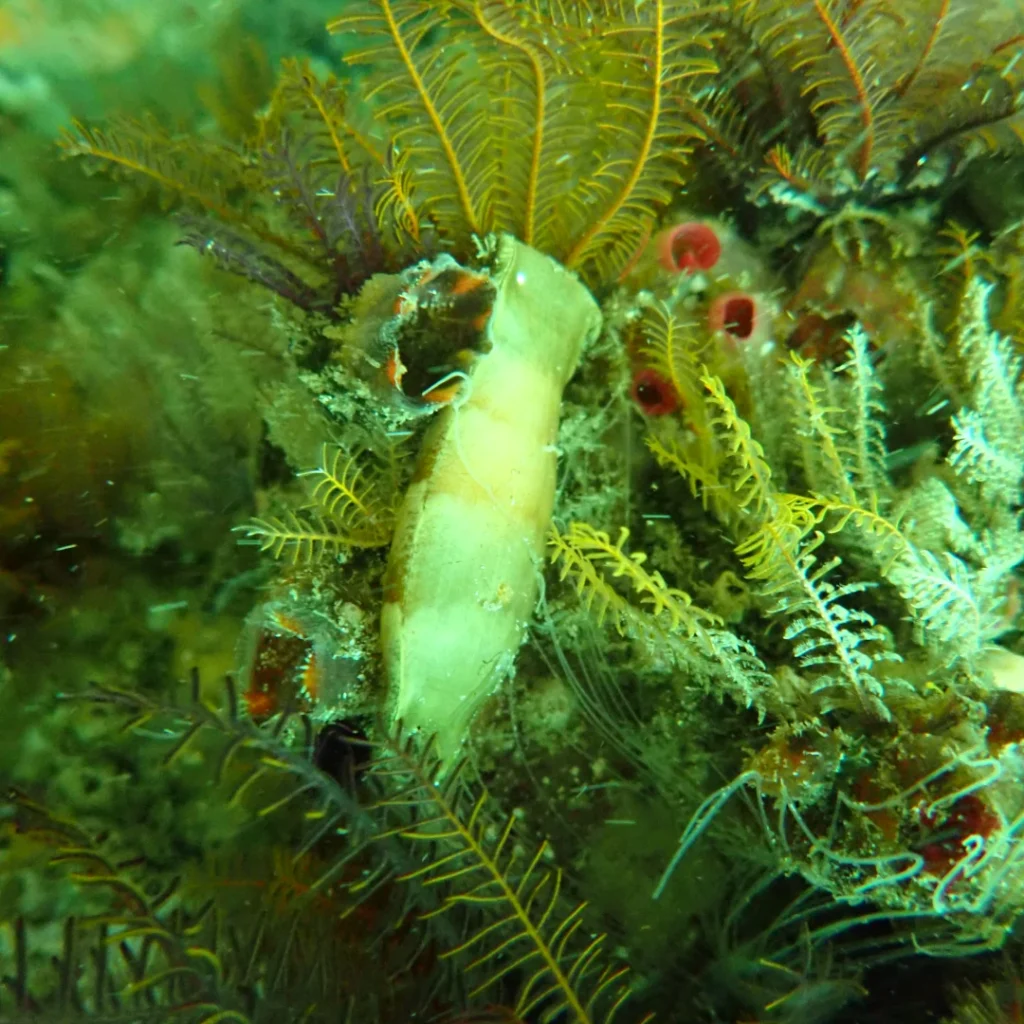
Unlike viviparous species that give birth to live young, oviparous chondrichthyes embryos only begin to develop after they deposit their eggs in the ocean. Most species lay one embryo per egg case, however a small number of species such as the mottled skate (Beringraja pulchra) and big skate (Beringraja binoculata) lay up to 7 embryos within a single egg case. The egg cases are designed to provide a safe environment for the developing embryo, shielding it from predators and adverse conditions. However, due to their high nutritional value, embryos are sought after by a number of different creatures, including fish, seals, sharks, baboons and most commonly, gastropods, or sea snails. These mollusks bore through the egg case wall and predate on the embryo within.
The embryo developing inside of a mermaid’s purse is entirely independent and does not receive direct nourishment or parental care from the mother. Instead, it relies on yolk sacs, which provide essential nutrients during development. The length of time it takes for the embryo to develop within the egg case varies among species and depends on factors such as water temperature and species-specific traits.
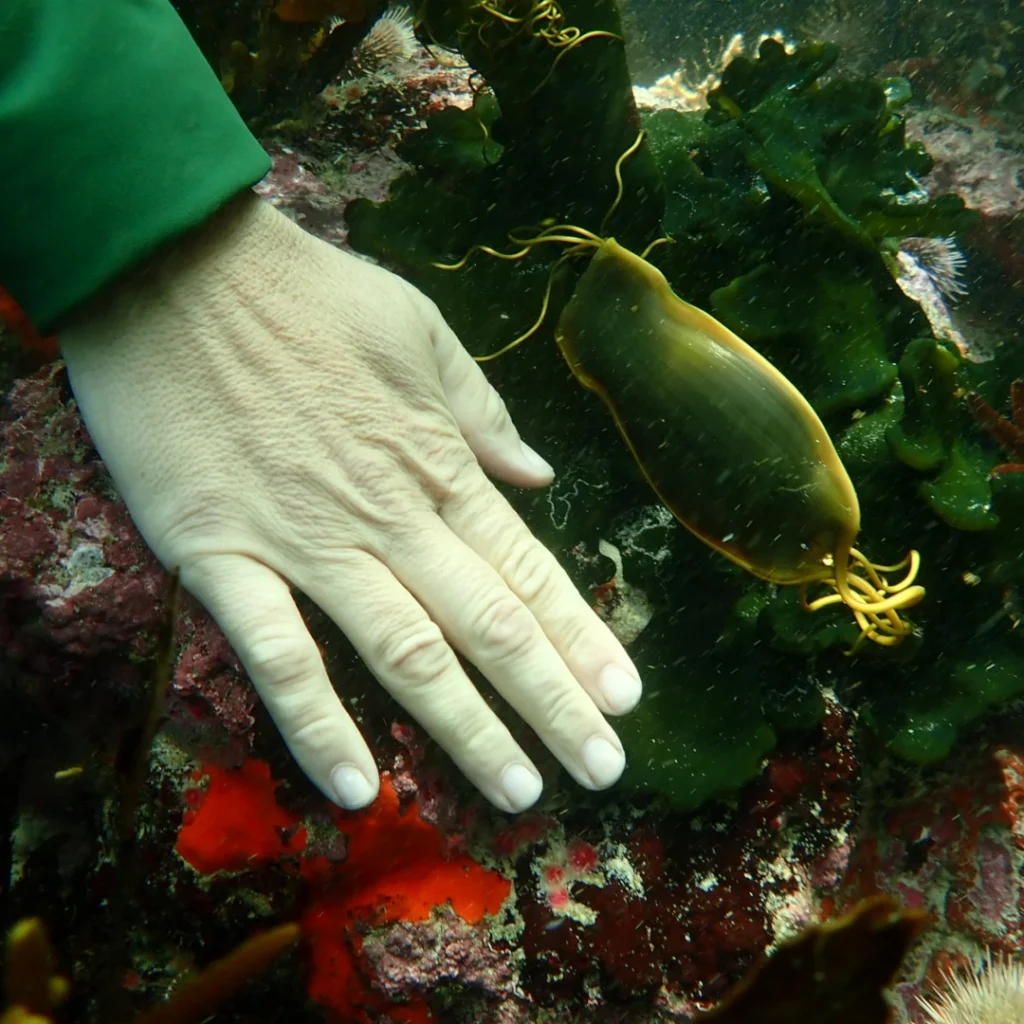
Commonly recognised and appreciated by beach goers, mermaid’s purses are important indicators of productive marine systems. Many sharks, skates and chimaeras are threatened or endangered due to overfishing, habitat loss, and other anthropogenic activities. Therefore, an in-depth understanding of the ecology of egg-laying chondrichthyans is essential for species conservation efforts. As such, protecting egg-laying habitats and conducting research can further enhance understanding and therefore contribute to effective conservation management strategies to ensure the preservation of these species.
Spotting mermaids purses while freediving or snorkeling in Cape Town can be quite easy if you know where and what to look for. The easiest place to find these shark eggs while freediving is at Long Beach in Simons Town. Simply freedive along the old pipeline and you will find mermaids purses attached to algae growing on the pipeline. The colour of the egg cases helps them blend in with the surrounding algae and marine life so what you need to look for is the rectangular shape and the vine-like tendrils. Please do not touch unhatched eggs as doing so might damage the baby sharks inside. The middle channel at Windmill Beach is a good place to spot mermaids purses while snorkeling. You’ll find them close to the surface, but also pay attention to the urchins. Urchins seem to like wearing empty, hatched mermaids purses as ‘hats’.

